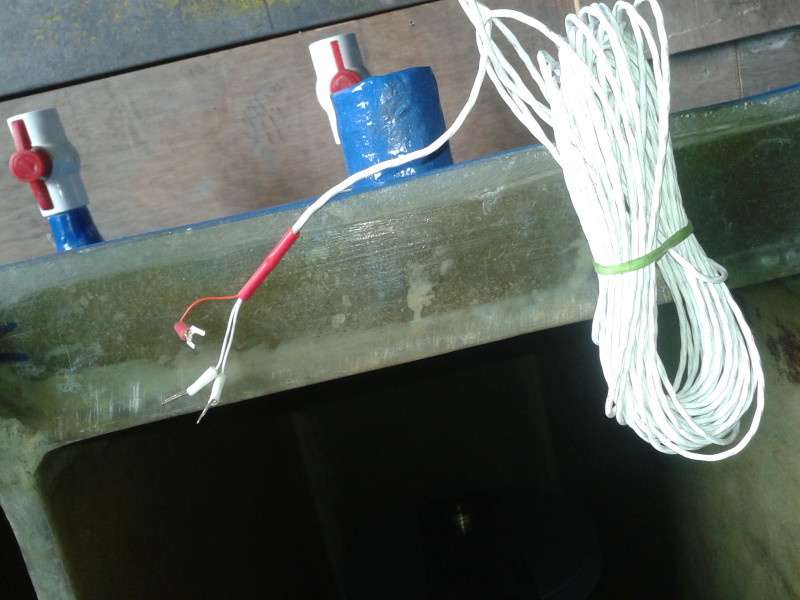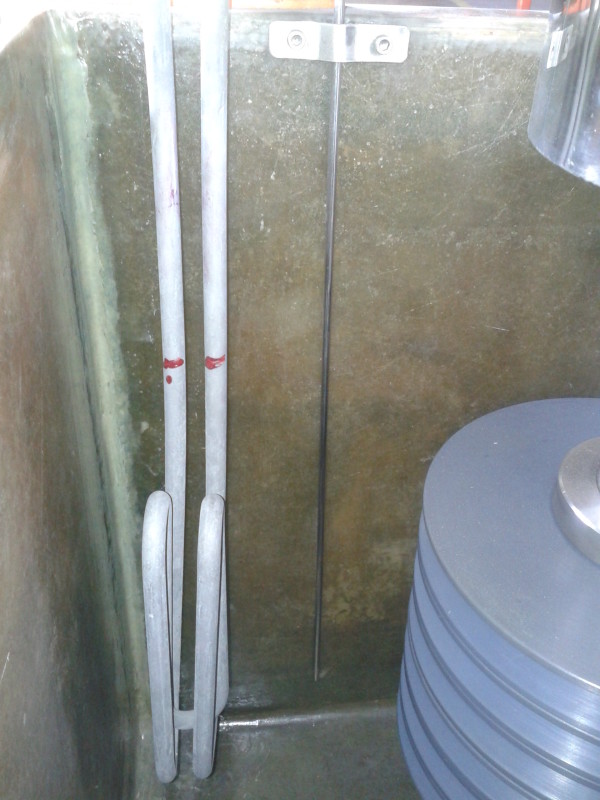I have to install a new temperature controller to a new tank that has to be heated with a electric resistance
The temp sensor has 3 cables: 2 white, 1 red
The seller of the tank is not responding
At first I thought that the sensor was a thermocouple but I am not sure because TC usually have only 2 cables
Any help on identifying what type of sensor do I have? Is it a RTD?


The temp sensor has 3 cables: 2 white, 1 red
The seller of the tank is not responding
At first I thought that the sensor was a thermocouple but I am not sure because TC usually have only 2 cables
Any help on identifying what type of sensor do I have? Is it a RTD?


